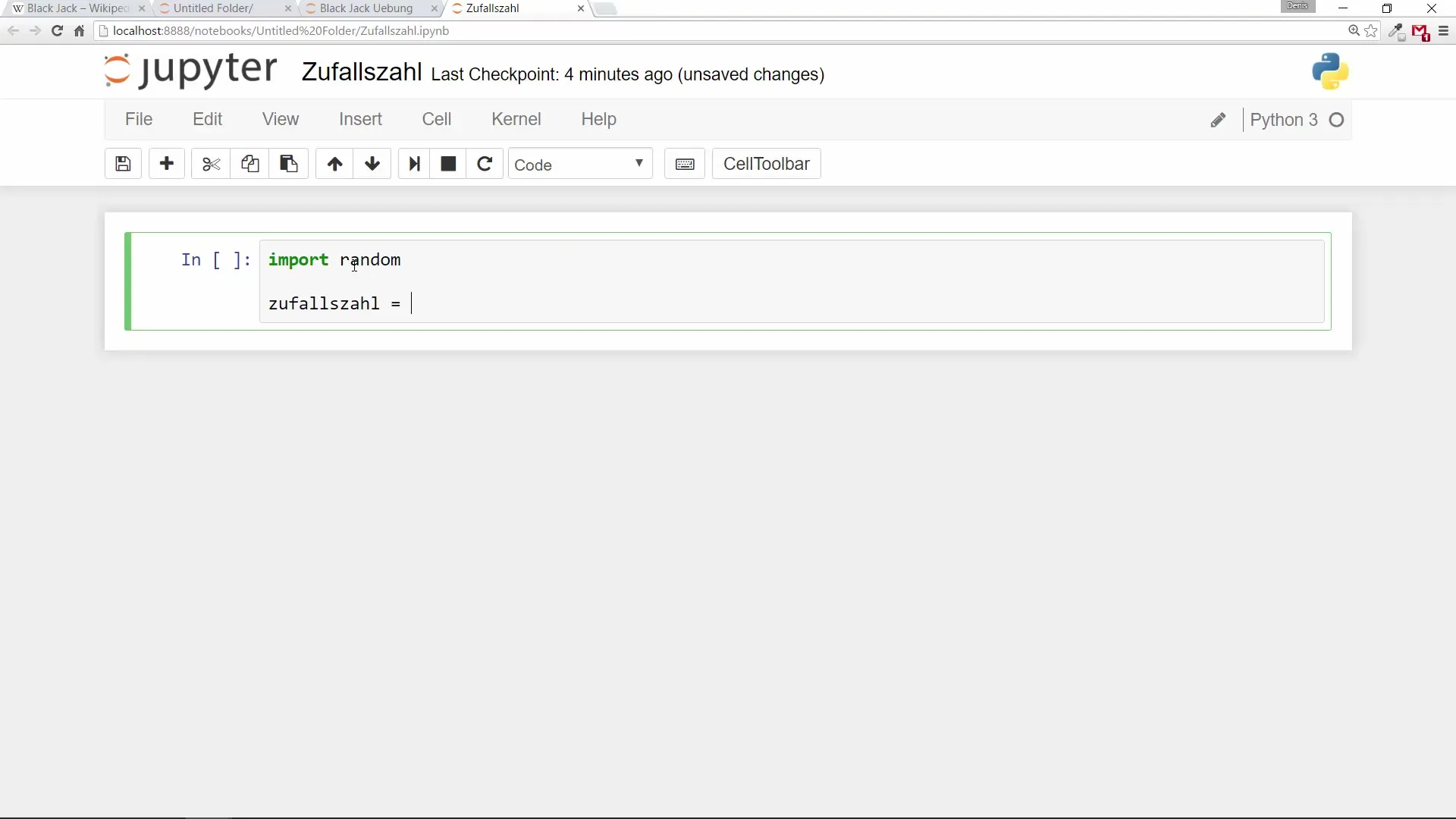Random events play a crucial role in many applications, whether in games, simulations, or data analysis. Especially in programming, it is often necessary to work with random numbers. Thanks to the Random module in Python, you can easily generate random numbers and use them in your projects. In this guide, I will show you how to effectively use the Random module to generate random numbers and develop interesting programs like a simple "heads or tails" game.
Key Insights
- The Random module enables the easy generation of random numbers in Python.
- You can generate random numbers within a defined range using the randint() function.
- It is possible to create programs that make random decisions, such as flipping a coin.
Step-by-Step Guide
To use the Random module in Python, follow these steps:
Step 1: Importing the Random Module
Before you can use the Random module, you need to import it into your Python script. Without this step, you cannot use any of the random number functions.

Step 2: Generating a Random Number
Now you can generate a random number. For this, we use the randint() method, which requires two arguments: the lowest and the highest value of the desired number range. In this example, we want to generate a random number between 1 and 100.
Step 3: Displaying the Random Number
To see the generated random number, simply output it using the print() function. This way, you can check which number was produced.
Step 4: Logic for the "Heads or Tails" Game
Now that you have a random number, you can use it to make random decisions. Create a function that determines whether the result is "heads" or "tails." In this function, you determine whether the random number is less than or greater than 50.
Step 5: Calling the Function and Outputting the Result
After defining the function, you can call it and output the result. Each time you call the function, a new random decision will be made.
Step 6: Multiple Calls to the Function
To execute the function multiple times, you can either place it in a loop or simply call it several times. This way, you can further explore the randomness of the outcome.
Step 7: Expanding Functionality
If you want to improve the function further, you can change the probability that the coin lands on a certain side by adjusting the conditions in the function. This is particularly useful for creating more realistic simulations.

Summary – Using the Random Module in Python
The Random module is a powerful tool for working with random numbers in Python. With simple commands, you can generate random numbers that are useful for various applications, whether for games, simulations, or analysis purposes. You have learned the basics of generating random numbers and how to integrate them into a simple game. With this foundation, you can now get creative and develop your own random-based applications.
Frequently Asked Questions
How do I import the Random module in Python?You can import the Random module by writing import random in your code.
How do I generate a random number from 1 to 100?Use random.randint(1, 100) to generate a random number between 1 and 100.
How does the "Heads or Tails" function work?The function generates a random number and returns "heads" or "tails" based on its value.
Can I adjust the probabilities in my function?Yes, you can change the conditions in the function to vary the probabilities for the outputs.
How many times can I call the function?You can call the function as many times as you like, for example in a loop, to get multiple results.


